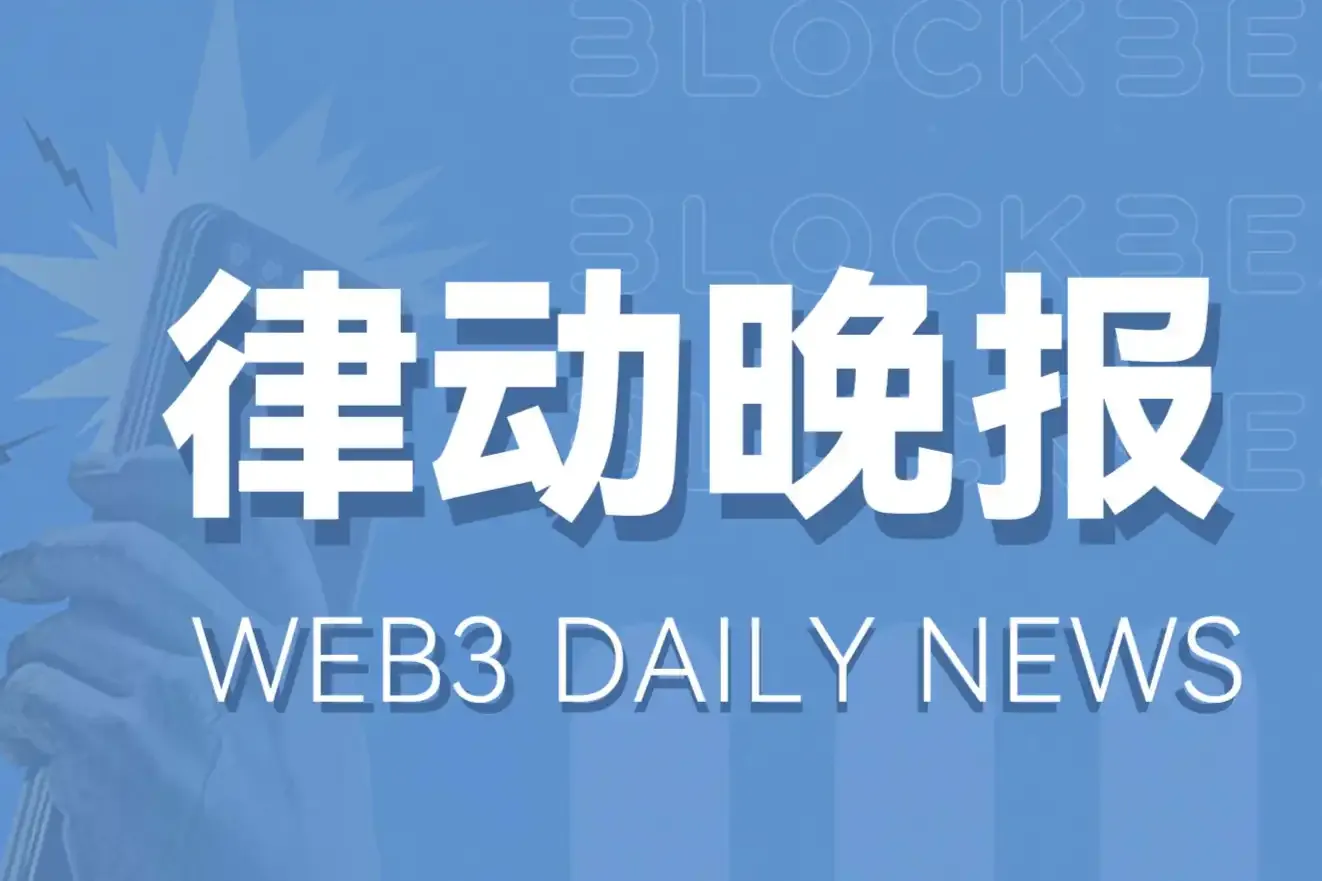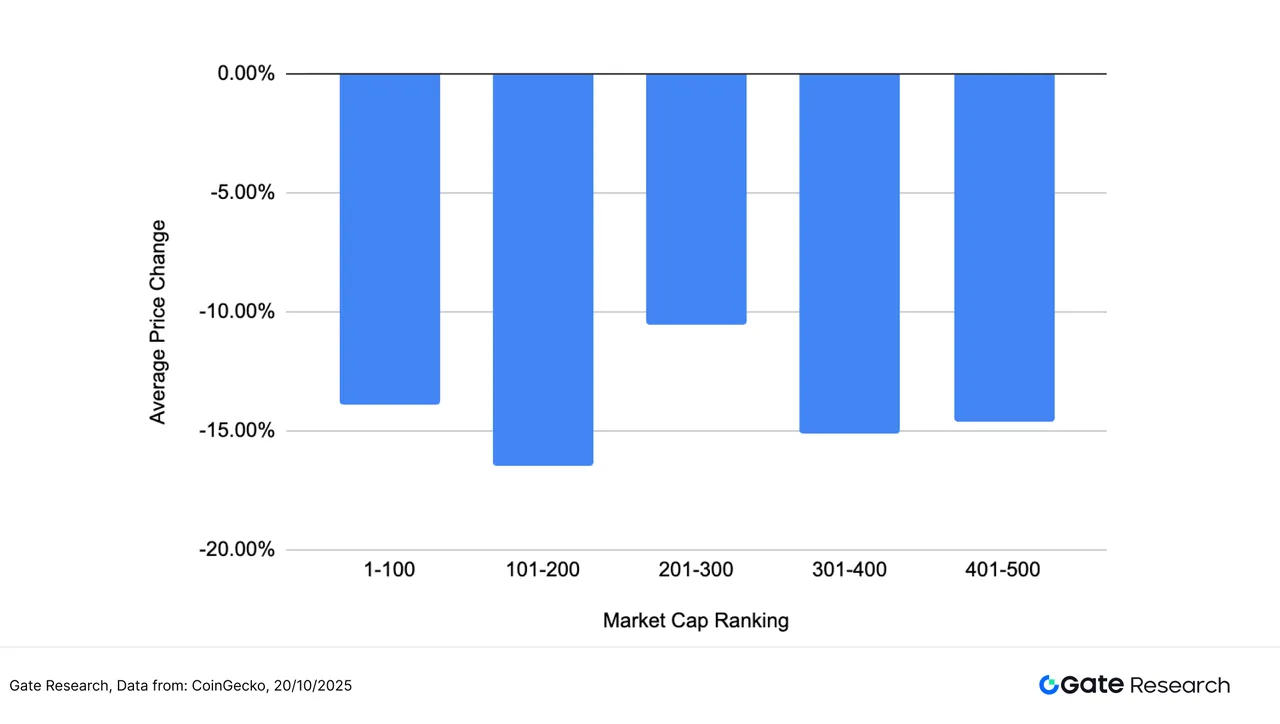Author: Zhang Feng
According to media reports on October 30, the Chairman of the Hong Kong Securities and Futures Commission, Huang Youcheng, stated that there are currently no regulations governing listed companies' investments in cryptocurrencies in Hong Kong. The commission will monitor market conditions and study how to provide relevant guidelines for the market.
In the face of this emerging field of crypto assets, listed companies are confronted with unprecedented opportunities as well as numerous unknown risks and challenges. Should they choose to adopt a conservative wait-and-see approach, or actively position themselves? Should they go left or right? This could be a strategic choice for both listed companies and regulators.

1. What is the digital asset treasury business of listed companies?
The digital asset treasury business of listed companies refers to the establishment of a specialized digital asset management system that incorporates various digital assets such as cryptocurrencies, tokenized assets, and central bank digital currencies (CBDC) into the company's treasury management. This aims to achieve a series of business activities including asset allocation, liquidity management, risk control, and value enhancement. This business model is not only a product of technological advancement but also represents a profound transformation in financial management concepts.
The digital asset treasury business has three notable characteristics: First, the digital assets being managed differ from traditional financial assets like cash and deposits. Digital assets, based on distributed ledger technology (DLT), possess characteristics such as programmability, divisibility, ease of transfer, and high transparency. These features provide unique advantages in liquidity, cross-border circulation, and the application of smart contracts. Second, the management methods are intelligent. Through technological innovations such as smart contracts, algorithmic trading, and artificial intelligence, companies can achieve automation, precision, and real-time management of treasury operations, significantly enhancing capital operation efficiency. Third, the management mindset is disruptive. The digital asset treasury breaks the time and space limitations of traditional treasury management, enabling real-time operations globally 24/7, and pushing corporate financial management from static conservatism to dynamic proactivity.
From a specific business model perspective, the digital asset treasury business encompasses multiple dimensions: In terms of asset allocation, companies can convert part of their cash reserves into mainstream cryptocurrencies like Bitcoin and Ethereum to hedge against inflation risks and pursue higher returns; in liquidity management, using stablecoins for cross-border payment settlements can significantly reduce transaction fees and shorten settlement times; in risk management, derivatives such as futures and options can be used to hedge against price volatility risks of digital assets; in strategic investment, actively participating in emerging fields such as decentralized finance (DeFi), non-fungible tokens (NFTs), and the metaverse to explore new growth points and strengthen technological positioning.
2. Is it a gray area or a clear prohibition?
Currently, there is no unified regulatory framework for digital assets globally, and there are significant differences in the legal attitudes of various jurisdictions towards listed companies operating digital asset treasury businesses, leaving this field somewhat in a "gray area."
Taking Hong Kong as an example, the Hong Kong Securities and Futures Commission has issued a series of regulatory documents such as the "Guidelines for Virtual Asset Trading Platforms," providing a legal channel for professional investors to participate in virtual asset trading, but there are no specific regulatory rules targeting the treasury business of listed companies.
Under the current legal framework in Hong Kong, there are no explicit prohibitive regulations specifically targeting listed companies' participation in digital asset treasury businesses. However, related activities must comply with the existing financial regulatory system. First, listed companies must adhere to the Securities and Futures Ordinance. If the digital assets involved meet the definition of "securities" (such as having equity or debt characteristics), their trading and management must comply with licensing requirements; otherwise, it would be illegal. Second, the director's responsibility clauses under the Companies Ordinance require management to act in the overall interest of the company and manage risks prudently. The board has an obligation to demonstrate that its decisions regarding the allocation of company funds to highly volatile digital assets meet the standard of due diligence. Additionally, the Hong Kong Stock Exchange's Listing Rules require listed companies to disclose significant information in a timely manner. Establishing a digital asset treasury may trigger disclosure obligations, especially when there are significant fluctuations in asset value. It is worth noting that Hong Kong is gradually establishing a licensing system for virtual asset service providers (VASP). If listed companies engage in related businesses, they may need to assess whether they need to apply for the corresponding licenses.
At the international level, regulatory attitudes are showing a trend of diversification. The U.S. Securities and Exchange Commission (SEC) tends to classify most digital assets as securities, subjecting them to securities law regulation, with strict disclosure requirements and investor protection measures for digital asset trading; the Monetary Authority of Singapore (MAS) adopts a relatively open stance, issuing licenses to digital asset service providers under the Payment Services Act and launching a "regulatory sandbox" to encourage innovation; the European Union's Markets in Crypto-Assets Regulation (MiCA) establishes a comprehensive regulatory framework covering asset issuance, trading, and custody, providing clear legal expectations for the market.
Overall, there is currently no jurisdiction that explicitly prohibits listed companies from operating digital asset treasury businesses, but there is a general requirement to comply with existing laws and regulations such as securities law, company law, and anti-money laundering law, and to fulfill higher standards of obligations in information disclosure, risk management, and corporate governance. When listed companies venture into this field, they must remain highly sensitive to regulatory dynamics in relevant jurisdictions and establish corresponding compliance mechanisms.
3. What practical operations are prone to violations and crimes?
In practical operations, if listed companies do not establish a sound compliance system, they are likely to cross legal red lines.
Information disclosure violations. If listed companies fail to disclose their digital asset holdings, trading situations, and related risks as required, it may constitute false statements or significant omissions. For example, a U.S. listed company was investigated and fined heavily by the SEC for failing to timely disclose its large Bitcoin investment. The high volatility of digital assets means that their value can significantly impact the company's financial situation, making timely, accurate, and complete information disclosure crucial.
Insider trading. The 24/7 trading nature of the digital asset market and the rapid dissemination of information pose new challenges for defining and preventing insider information. If internal personnel of a listed company use undisclosed information related to digital assets for trading profits, it constitutes insider trading and can lead to severe legal consequences.
Market manipulation. Actions that influence digital asset prices through false trading, wash trading, and pump-and-dump schemes are more concealed in the highly anonymous and cross-border fluid digital asset market, but they are becoming a focus of enforcement by regulatory agencies worldwide.
Money laundering and terrorist financing. The anonymity and cross-border liquidity of digital assets make them susceptible to illegal fund transfers. If listed companies fail to fulfill anti-money laundering obligations such as customer identity verification (KYC), transaction record keeping, and suspicious transaction reporting, they may face severe penalties. A Hong Kong-listed company was investigated for cross-border fund transfers through digital assets, highlighting the importance of anti-money laundering compliance.
Tax violations. The tax treatment rules for digital assets are still unclear, leading to potential disputes. If listed companies fail to accurately calculate and pay capital gains taxes and other taxes arising from digital asset transactions, they may face tax audits and penalties. Tax authorities in various countries are gradually strengthening their regulation of digital asset transactions, and companies need to closely monitor the evolution of related policies.
Additionally, technological security risks cannot be ignored. Events such as lost private keys, hacking attacks, and smart contract vulnerabilities can lead to permanent loss of assets, and the determination of related responsibilities still has legal gaps. Listed companies need to establish strict technological security systems and emergency plans to mitigate such risks.
4. What is the appeal of the business?
Despite the numerous risks, the digital asset treasury business holds significant strategic value for listed companies.
Innovation in financial management. Digital assets can achieve near real-time clearing and settlement, greatly enhancing the efficiency of capital utilization; through the programmability of smart contracts, companies can achieve precise cash flow management, automated dividend payments, and condition-triggered financing; using stablecoins for cross-border payments can significantly reduce transaction fees, shorten settlement times, and optimize global capital allocation.
Diversification of asset allocation. In the context of declining returns on traditional assets and increasing inflationary pressures, digital assets provide listed companies with new investment options, helping to diversify investment risks and enhance overall returns. Companies like MicroStrategy have achieved substantial financial returns by allocating Bitcoin, attracting many others to follow suit.
Deepening the integration of industry and finance. For technology-oriented listed companies, the digital asset treasury business can create synergies with their main business, promoting the application of blockchain technology in supply chain finance, digital identity, and IoT data trading, facilitating the digital upgrade of the industrial ecosystem.
Enhancing brand value. Actively embracing digital assets helps shape an innovative and forward-looking corporate image, attracting young investors and talented individuals, and enhancing market valuation. In the era of the digital economy, a company's technological sensitivity and innovation capability have become important competitive indicators.
5. Governance dilemmas in the collision of old and new paradigms
The participation of listed companies in digital asset treasury businesses presents unprecedented challenges for regulatory agencies.
Regulatory arbitrage risks. The cross-border flow characteristics of digital assets may allow listed companies to design structures to evade stricter regulations, leading to regulatory competition or even a "race to the bottom," threatening global financial stability.
Understanding gap in technology. Regulatory agencies' understanding of new technologies such as blockchain, smart contracts, and zero-knowledge proofs lags behind market innovations, making it difficult to formulate targeted and operationally effective regulatory rules, resulting in regulatory gaps or over-regulation.
Increased risk transmission. The high volatility and high correlation of the digital asset market may transmit risks through the balance sheets of listed companies to broader capital markets, amplifying systemic risks. Especially in extreme market conditions, digital asset treasuries may become nodes of risk contagion.
Investor protection challenges. Ordinary investors find it difficult to understand the complex risks, valuation logic, and technical principles of digital assets, exacerbating the issue of information asymmetry. Once a risk event occurs, investors may face significant losses, impacting market confidence.
Conflicts of regulatory jurisdiction. Innovative models such as decentralized finance (DeFi) challenge traditional regulatory jurisdictions, and cross-border regulatory cooperation mechanisms are not yet well established, leading to enforcement difficulties and regulatory loopholes.
6. Strategic choices for building Hong Kong as an international digital finance center
In light of the development trend of digital asset treasury businesses, Hong Kong, as an international financial center, should seize historical opportunities and lead industry development through the following measures while maintaining a risk baseline:
Align with the digital asset policy statement. The Hong Kong government should integrate previous digital asset policy statements and study how to reflect the principle of "same business, same risk, same regulation" in the regulation of digital asset treasury businesses, ensuring risk prevention while avoiding excessive regulation that stifles innovation.
Promote regulatory innovation and improve investor protection mechanisms. Actively develop regulatory technology (RegTech), utilizing blockchain, big data, and artificial intelligence to enhance regulatory efficiency, achieving real-time monitoring, risk warning, and intelligent enforcement. The Hong Kong Securities and Futures Commission could consider establishing a digital asset regulatory sandbox to provide testing space for innovative businesses and support companies in exploring new models under controllable risks. Introduce a qualified investor system to set suitability requirements for individual investors participating in digital asset investments; establish a digital asset dispute resolution mechanism, creating dedicated arbitration and mediation platforms to protect investors' legal rights.
Learn from international experience to improve the regulatory framework. Reference international best practices such as Singapore's licensing management system and the EU's MiCA framework to construct a regulatory system covering the entire chain of digital asset issuance, trading, and custody. It is particularly important to clarify specific requirements for information disclosure, asset valuation, risk management, and audit verification for listed companies' digital asset treasury businesses, providing clear operational guidelines for enterprises.
Leveraging the advantages of "one country, two systems," while maintaining financial security, establish regulatory information sharing and enforcement cooperation mechanisms with the mainland and other jurisdictions to jointly address cross-border regulatory challenges. This is especially important for deepening cooperation in anti-money laundering, anti-terrorist financing, and market manipulation.
The digital asset treasury business is an inevitable product of the digital economy era that listed companies cannot avoid, and regulatory agencies cannot overlook. For Hong Kong, properly addressing the regulatory issues of listed companies' digital asset treasury businesses is essential to maintain financial market stability while also focusing on consolidating and enhancing its status as an international financial center. We stand at a historical crossroads; going left and sticking to old ways may lead to missed development opportunities, while going right and blindly advancing may trigger significant risks. Only by seeking a balance between innovation and regulation, and maintaining clarity between opportunities and risks, can we navigate this digital financial transformation steadily and sustainably.
免责声明:本文章仅代表作者个人观点,不代表本平台的立场和观点。本文章仅供信息分享,不构成对任何人的任何投资建议。用户与作者之间的任何争议,与本平台无关。如网页中刊载的文章或图片涉及侵权,请提供相关的权利证明和身份证明发送邮件到support@aicoin.com,本平台相关工作人员将会进行核查。




